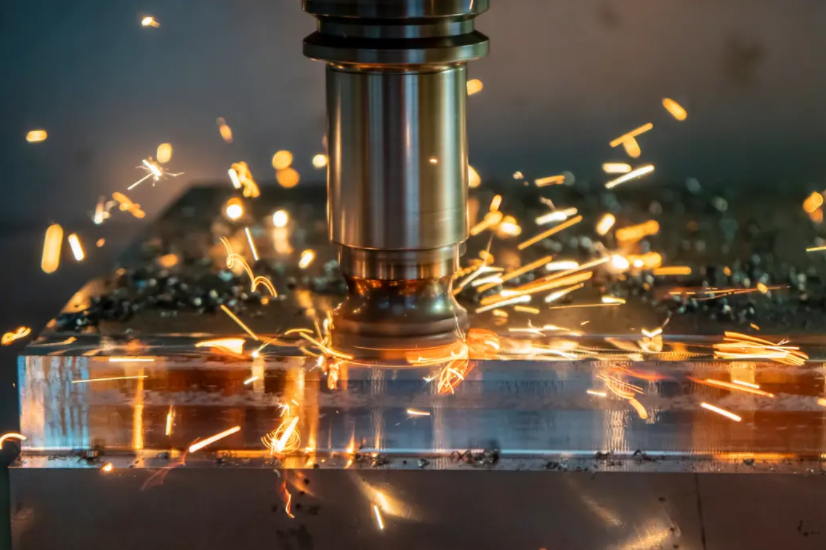Metal manufacturing has undergone significant advancements over the years, enabling the production of complex and high-performance metal parts. One such revolutionary technique that has emerged is squeeze casting. With its unique ability to combine the advantages of both casting and forging processes, squeeze casting has become a game-changer in the field of metal manufacturing.
Squeeze casting, also known as liquid forging, is a process that involves injecting molten metal into a preheated die cavity under high pressure. The molten metal is squeezed into the cavity, eliminating any voids or porosity and ensuring a dense and near-net shape product. This method offers numerous advantages over traditional casting techniques, making it highly desirable in industries such as aerospace, automotive, and defense.
One of the key benefits of squeeze casting is its ability to produce parts with superior mechanical properties. The high pressure applied during the process results in a fine-grained microstructure, enhancing the strength and hardness of the final product. Unlike conventional casting methods, which often introduce defects and impurities, squeeze casting minimizes such issues, leading to improved reliability and performance of the metal parts.
Another significant advantage of squeeze casting is its capability to produce complex and near-net shape parts. The combination of high pressure and rapid solidification allows for the creation of intricate geometries with minimal post-processing required. This not only reduces material wastage but also saves time and costs associated with machining or assembly. Squeeze casting has thus enabled the production of more efficient and lightweight components, contributing to the overall advancement of various industries.
Furthermore, squeeze casting offers excellent dimensional accuracy and surface finish, surpassing the capabilities of traditional casting methods. The high pressure exerted during the process ensures tight tolerances and precise replication of intricate details, resulting in parts that require little to no further machining. This not only increases productivity but also improves the overall aesthetics of the final product.
In addition to its mechanical and dimensional advantages, squeeze casting also allows for the use of a wide range of metal alloys. Unlike traditional casting techniques that are limited to certain materials, squeeze casting can accommodate both non-ferrous and ferrous alloys, including aluminum, copper, magnesium, and even steel. This versatility opens up new possibilities for metal manufacturers, enabling them to explore innovative designs and materials for their products.

While squeeze casting offers numerous advantages, it is important to acknowledge that the process requires specialized equipment and expertise. The design and fabrication of the dies, as well as the control of process parameters, play crucial roles in achieving optimal results. Therefore, metal manufacturers must invest in adequate resources and training to fully leverage the potential of squeeze casting.
In conclusion, squeeze casting has emerged as a game-changer in the field of metal manufacturing. Its ability to combine the advantages of casting and forging processes, along with its superior mechanical properties, complex shape capabilities, dimensional accuracy, and versatile alloy compatibility, has revolutionized the production of high-performance metal parts. With ongoing advancements in technology and increasing demand for advanced materials, squeeze casting is expected to continue shaping the future of metal manufacturing and drive innovation across various industries.
-

- Magnesiumseoksesta painevaluosat ja komponentit sähköpyörään
-

- parts&comopnents for bicycle suspension fork for MTB
-

- Magnesium foundry parts Steering column
-

- OEM Die casting manufacturer produce magnesium alloy wheel for kids push bike
-

- Magnesiumseoksesta muovattava, painevalu UAV-osat C
-

- Lasten polkupyörät Lasten pyörät 3-16-vuotiaille lapsille / OEM-vauvoille lapsille pyöräillen lapsille maastopyörät 2022

 0086-750-5616188
0086-750-5616188 +86 13392089688
+86 13392089688 sales@zhongmei-tech.com
sales@zhongmei-tech.com







